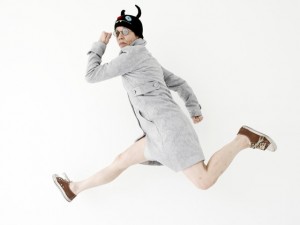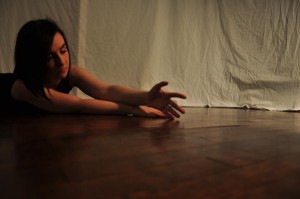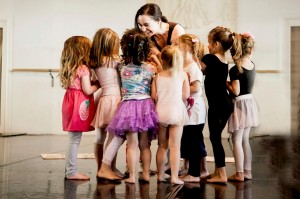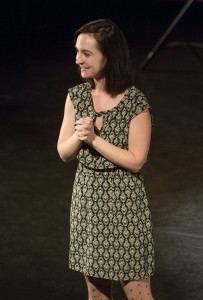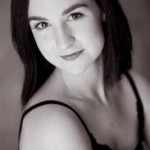Tuesday Tunes: Jane Weiner
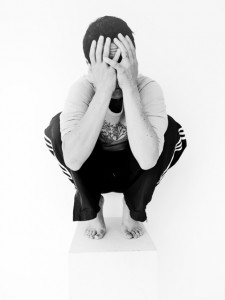 R: How do you imagine the future of the dance world?
R: How do you imagine the future of the dance world?
J: One where we get rid of audience and everyone gets to be a part. No more proscenium, more communication and interaction. Maybe we no longer even know who is the “dancer” and who is the “audience.”
R: I know that you had the opportunity to give a TED talk several years ago. What was the most rewarding part of that experience?
J: Not sure if I would call it rewarding…more awareness that there is a lot of work to be done to create an Army of Artists that infiltrate all levels of society with their art education.
R: What life lessons has being a dancer and choreographer taught you?
J: That life is short, precious, beautiful, sad, inspiring, frustrating, and beyond my wildest dreams.
R: What music would I find on your playlist when you’re teaching a class?
J: Peter Jones, Norah Jones, Beth Orton, Albert mathias, R.E.M., War, Parliment, Beastie Boys, Zuco 103, Stevie Wonder, C & C Music Factory, Tracy Chapman, DJ John Kelley, Led Zeppelin, Sia
photos by Simon Gentry
Jane Weiner graduated from Bowling Green University with a degree in deaf/elementary education and a minor in dance. She had the unbelievable opportunity to work with the Doug Elkins Dance Company for a decade of fine dancing, touring and experiences before her move to Houston, TX in 1996. She presently is the director of Hope Stone, Inc., and Artistic Director of Hope Stone Dance Company and the Pink Ribbons Project. Jane founded Hope Stone with a dream of unlocking the innate creativity of children and adults and improving their quality of life through the performing arts. Jane also founded and directs Hope Stone Kids, an arts outreach program for children 2-18 years old in Houston, that uses master teachers in dance, theater, music, photography, spoken word and yoga to empower and educate youth. Hope Stone Kids was created to help meet the artistic and emotional needs of underserved and at-risk students. “I see the void and want to help fill it,” Jane says. Jane also founded the Pink Ribbons Project in 1995 and was the executive director from 1997-2002
Jane has set her work on the Alley Theater, Houston Ballet II, Stages Repertory Theater, the Houston Children’s Museum, as well as many high schools and universities and has collaborated with the Houston Symphony, the CAMH, and the Asia Society. She was a finalist for the Cal Arts/Albert Award for Dance in 2001, awarded the CACHH general fellowship grant for 2002, the Houston PBS Speaking Women’s Health Conference Honoree 2004, the Surgical Society of Oncology’s James Ewing Layman Award, the Jung Center Award for 2005, DiverseWork’s Artist of the Year 2011, and was a speaker at the 2012 TEDx Houston and 2013 TEDx TAMU.
At present Jane continues to run Hope Stone, Inc. creating a vision of Art for All, work on projects with her company as well as schools and companies nationally. She continues her work on creating, enriching, evolving and teaching her teacher’s template to make Hope Stone Kids a national arts education project. She is married the wonderful Eric Mallory, has one dog, Oliver Jones and three cat children, Houston, Riley and Spot-ika.
*Interview by Frame Dance social media intern, Rachel Kaminski
